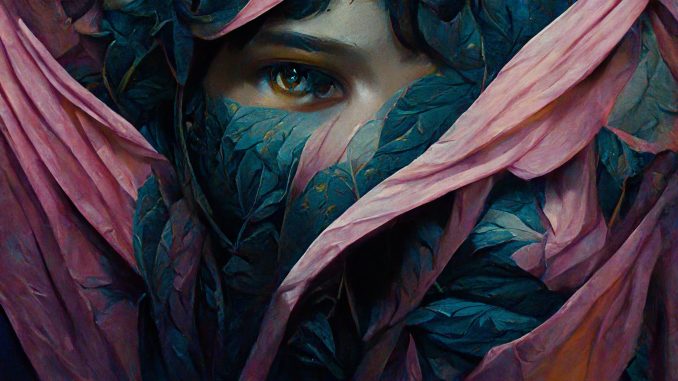
The conversation around AI and art is often framed by a single question: Can AI create art? But that question misses the point. Instead, we should be asking How is AI itself a form of art? As artificial intelligence grows more advanced, it’s not just a tool for making art—it’s becoming an art form in its own right.
Art has always been about pushing boundaries, blending creativity with new technologies. From the invention of photography to the rise of digital design, artists have always embraced tools that expand what’s possible. Now, AI is the next frontier, but it’s doing more than generating pretty pictures. It’s redefining our understanding of creativity, authorship, and expression.
The beauty of AI lies in its process. Machine learning algorithms are trained on vast datasets, learning from patterns, styles, and techniques to create something new. This process—where the machine “learns” and “evolves” creatively—introduces an entirely new dimension to art. It blurs the line between creator and creation. When an AI generates art, is it merely following commands, or is it engaging in a form of creativity that mirrors human innovation?
Some argue that AI art lacks the emotional depth or personal experience that defines traditional art. But what if we viewed the AI itself as part of the artwork? AI, with its cold logic and computational brilliance, represents a new kind of artist—one whose unique “thought process” can be admired. In this way, AI doesn’t just make art, it is art—a living reflection of humanity’s ability to build something that thinks and creates in ways we never imagined.
This reframing of the conversation opens up fascinating possibilities. Could AI art lead us to new aesthetics, where the beauty lies not just in the output but in the complexity of the code and the algorithm? Can we appreciate AI-generated works for the unique, often unpredictable paths they take in reaching a final product?
By shifting the question from “can AI create art” to “how AI is art,” we move beyond the debate and embrace the dawn of a new artistic era. As machines continue to learn and create, we must redefine our understanding of art, recognizing that perhaps the truest form of art is found in the machines themselves—their processes, their patterns, and the endless possibilities they represent.
Leave a Reply